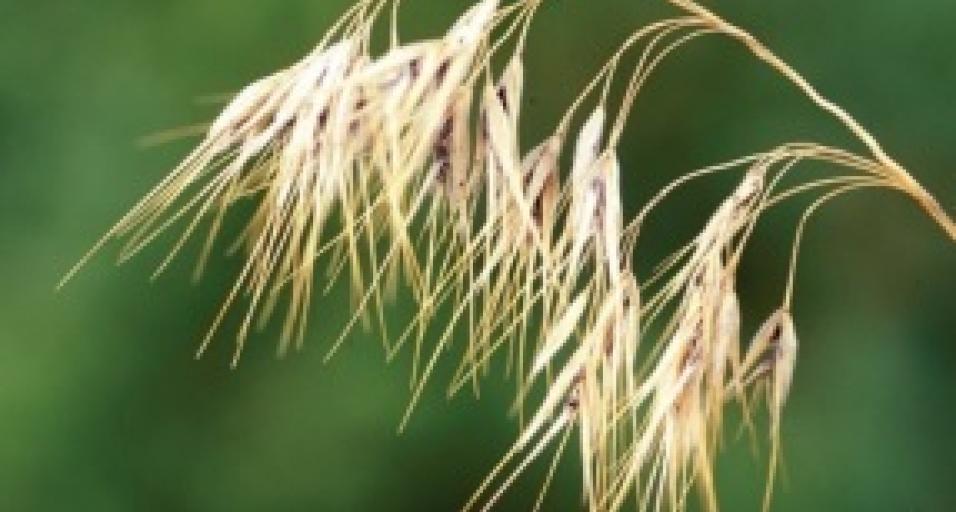Beginning on August 26, several agencies, including the U.S. Forest Service – Brush Creek/Hayden and Laramie Ranger Districts, are planning to treat cheatgrass at multiple locations in and around the Medicine Bow National Forest through the aerial application of the herbicide imazapic. The treatment area includes the Ryan Wildfire burn scar.
In addition to the Forest Service, the project is a collaboration between the Bureau of Land Management (BLM) Rawlins Field Office, Carbon County Weed and Pest (CCWP), and the Wyoming Game & Fish Department (WGFD).
This marks the second consecutive year of large-scale, multi-jurisdictional aerial cheatgrass treatment in southeast Wyoming. Approximately 3,300 acres were sprayed in 2018, with plans to treat approximately 10,800 acres this year.
Aerial spraying with a helicopter is scheduled to begin Monday, Aug. 26. Treatment totals are:
- National Forest System lands (USFS) - 3,310 acres, Holroyd Park area in the Sierra Madre Range and near Prospect/Pennock Mountains in the Snowy Range
- Bureau of Land Management - 4,662 acres
- Private land - 2,053 acres
- Wyoming Game & Fish managed land - 697 acres, Pennock WHMA
- Wyoming Office of State Lands and Investments - 119 acres
Actual treatment should take place over 1-3 days in each location, all within a window of several weeks, and weather-permitting, is anticipated to be completed mid-September.
If necessary, temporary area and/or road closures due to the treatments will be signed by the respective land managers.
The 2018 spraying has been considered successful, one example being that treatment on Pennock Mountain resulted in approximately a 90% reduction in cheatgrass cover.
In addition to the totals in Carbon County, treatment of cheatgrass is currently occurring on 3,000 acres in Albany County, within the 2012 Squirrel Creek Wildfire burn scar.
Imazapic poses no threat to humans, wildlife or livestock, however it is recommended that the public avoid areas of application while the helicopter is actively spraying to avoid the possibility that the herbicide could be an irritant. This may result in a slight delay in public land use, but the delays should only last a few hours or until the helicopter moves to a new treatment polygon within the project area.
The emphasis of the treatments is on controlling non-native, annual cheatgrass on critical big-game winter ranges and sage grouse habitat, enhancing native vegetation species, stabilizing soils, and reducing erosion. Treating cheatgrass also greatly minimizes the risk of wildfire by the reduction in fine fuels and diminishes the threat of shorter fire intervals in the future.
In the fall of 2018, the Ryan Wildfire burned approximately 28,585 acres in the southeast Sierra Madre Range, which could allow for the inception of cheatgrass as dominant vegetation in some areas.
Cheatgrass is a particularly aggressive invasive species that many agencies and landowners in the western United States are struggling to control. It is a prolific seed producer, thrives in disturbed areas and can displace native plants within grassland communities.
Funding for this project was recommended by the Wyoming Cheatgrass Taskforce and came via grant selection from Wyoming Department of Agriculture, Weed and Pest Division.
Questions about the project should be directed to Brad Weatherd (USFS/Saratoga), 307-326-2516; Jackie Roaque (USFS/Laramie), 307-745-2340; Mike Murry (BLM), 307-328-4253; Reese Irvine (CCWP), 307-324-6584; or Katie Cheesbrough (WGFD), 307-760-0489.
-USDA-

